A LIE MADE HIM THE FIRST WESTERN MOVIE STAR

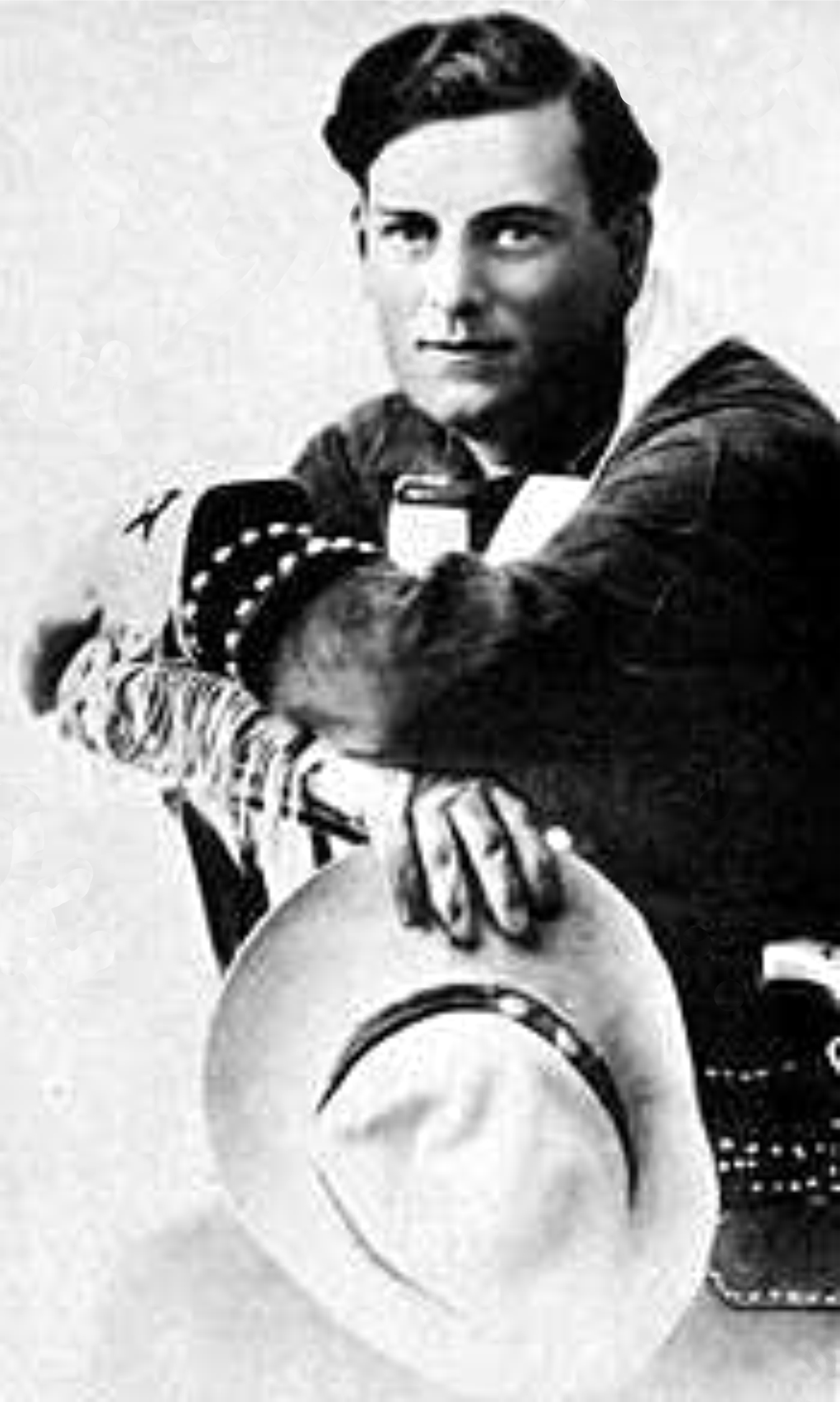 You’ve heard of John Wayne, Roy Rogers, Gene Autry, Tex Ritter and other cowboy movie stars. But decades earlier, one actor paved the way to fame in Westerns.
You’ve heard of John Wayne, Roy Rogers, Gene Autry, Tex Ritter and other cowboy movie stars. But decades earlier, one actor paved the way to fame in Westerns.
And a little lie made it possible. Here’s how it happened.
Like many ambitious young men, Max Aronson dreamed of hitting the big time in the Big Apple. He was from a Jewish family (both parents were European immigrants) and raised in the South. New York beckoned and in 1903, 23 year-old Max was working as a part-time model, part-time newspaper seller.
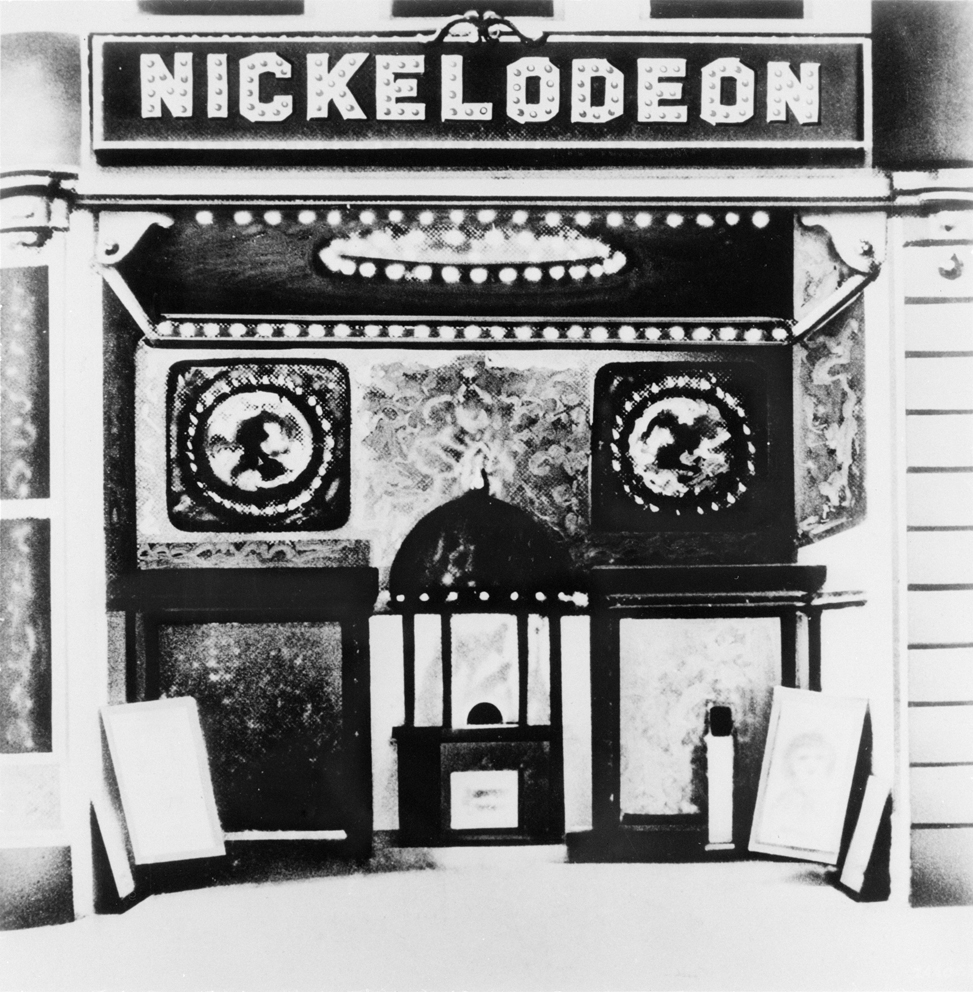 Americans were crazy about the brand-new “movies” just then. They paid a nickel just to watch peep shows (one minute or less) of such mundane things as people walking on sidewalks. Soon, those little clips were being projected on to big screens.
Americans were crazy about the brand-new “movies” just then. They paid a nickel just to watch peep shows (one minute or less) of such mundane things as people walking on sidewalks. Soon, those little clips were being projected on to big screens.
Edwin Porter wanted to take movies to the next level. He was preparing to make a film that actually told a story, just like a play. It was called The Great Train Robbery, the tale of a holdup in the Wild West. And it would run an astonishing nine minutes!
Max begged to be cast in it. “Can you ride a horse?” Porter asked.
“Of course I can ride!” Max replied. So he was cast as one of the bad guys who robbed the passenger train.
Yet when filming began (in Milltown, New Jersey, about as far from the Wild West as you can get), something quickly became apparent: Max couldn’t ride. But director Porter rolled with it. Max was recast as a train robber who walked, and also as a passenger shot in the back, and as a tenderfoot forced to “dance” in a saloon when bullets were fired at his feet.
 The movie was released a few weeks later, and it was an overnight success. People had never seen anything like it. They paid to see it again and again. The first true Western movie, The Great Train Robbery was also the first blockbuster hit.
The movie was released a few weeks later, and it was an overnight success. People had never seen anything like it. They paid to see it again and again. The first true Western movie, The Great Train Robbery was also the first blockbuster hit.
Sitting in the audience as it was shown in a vaudeville theater, Max was overwhelmed by people’s response. He realized a fortune could be made in movies. Produced for just $150 (about $4,000 today), The Great Train Robbery made tens of thousands of dollars.
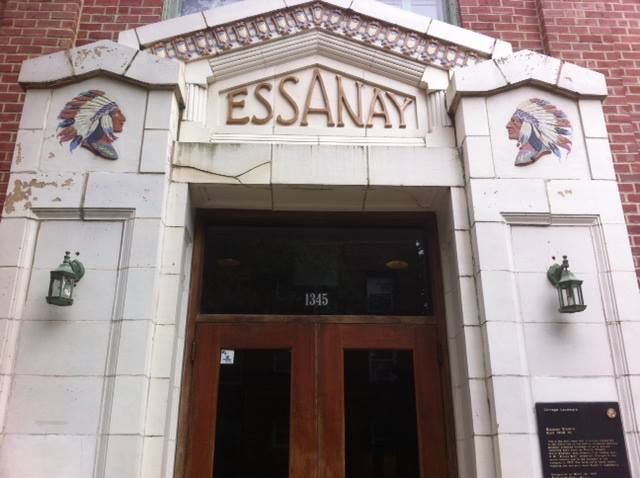 So Max and a partner founded Essany Studios. The buddy ran the business side and Max handled the acting, writing and directing. It was decided Max needed a more Anglican sounding name. Since his claim to fame was a Western, he came up with one perfectly suited for that genre: Gilbert “Broncho Billy” Anderson. (I’ve been unable to discover why he added an H to Bronco, but he did.)
So Max and a partner founded Essany Studios. The buddy ran the business side and Max handled the acting, writing and directing. It was decided Max needed a more Anglican sounding name. Since his claim to fame was a Western, he came up with one perfectly suited for that genre: Gilbert “Broncho Billy” Anderson. (I’ve been unable to discover why he added an H to Bronco, but he did.)
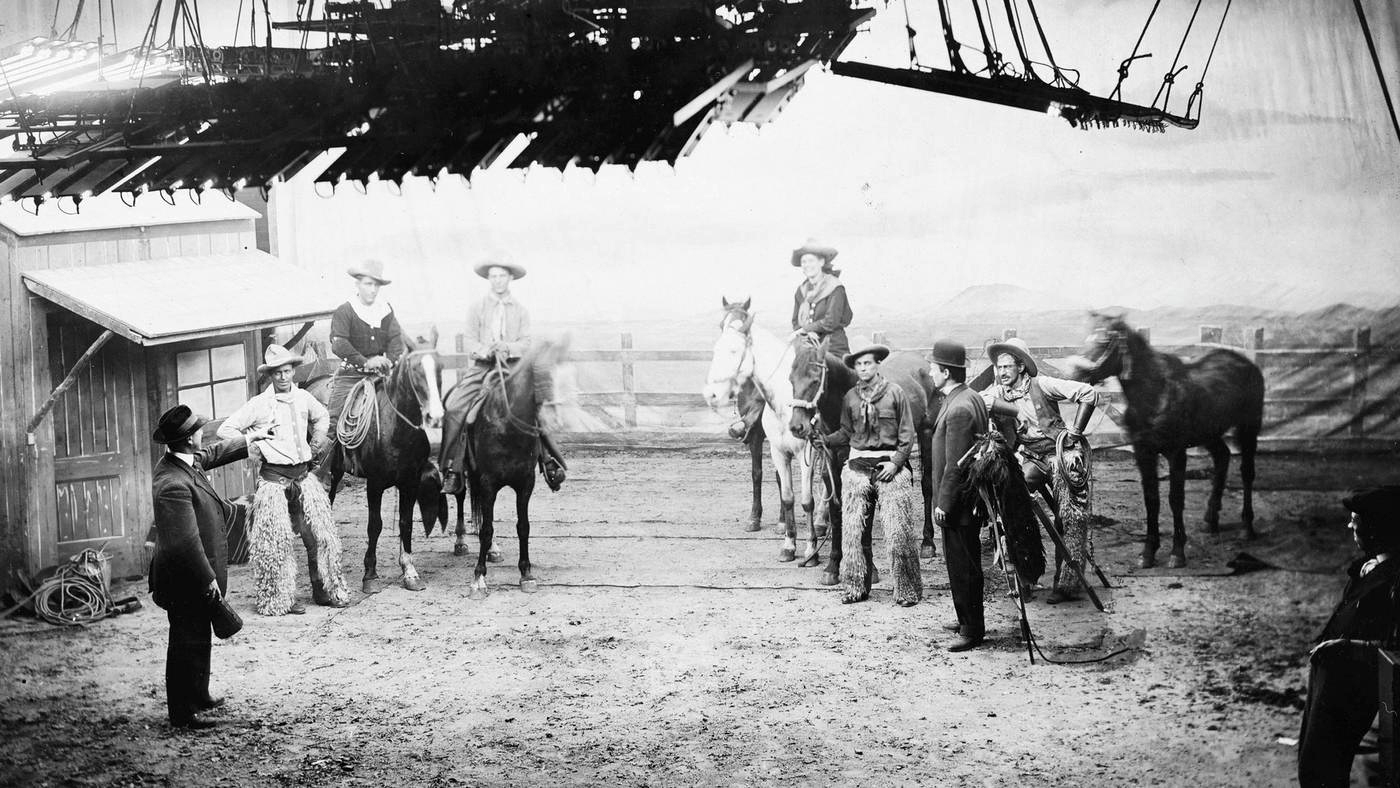 Essany made hundreds of silent films. One in 1909 was the first time a pie was thrown in someone’s face for a laugh. But it was Westerns where Broncho Billy made his mark. He starred in some 148 of them, cementing his title as the first Western movie star.
Essany made hundreds of silent films. One in 1909 was the first time a pie was thrown in someone’s face for a laugh. But it was Westerns where Broncho Billy made his mark. He starred in some 148 of them, cementing his title as the first Western movie star.
And yes, he eventually learned to ride a horse.
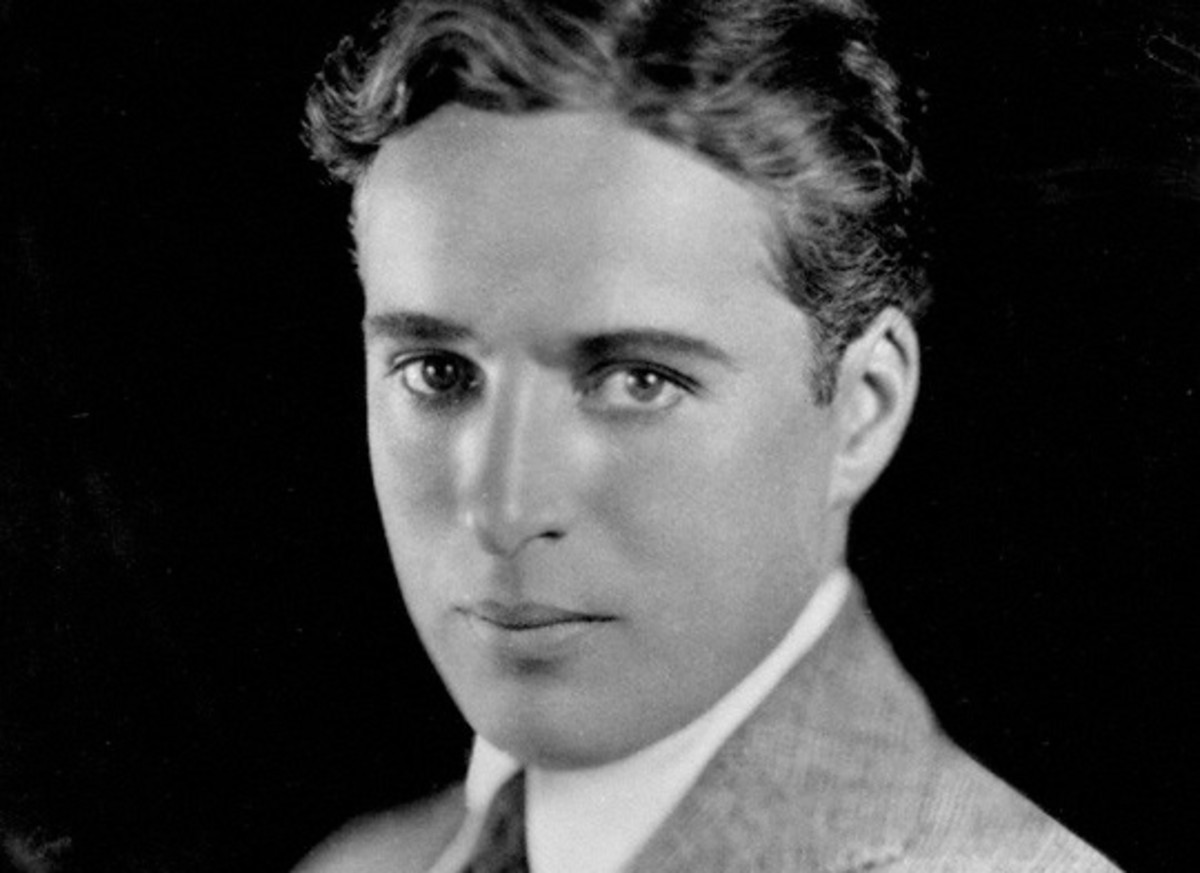
A young Charlie Chaplin
In 1914, Essany stole a young Charlie Chaplin from Keystone Studios. He made 14 comedies (and even had a cameo in a Broncho Billy Western) before being lured away to yet another studio for more money.
By 1916, Broncho Billy was tired of moviemaking. He sold his interest in Essany and bought a theater in New York City, where the plays he produced met with spotty success. He dabbled in movies on-again and off-again for years. (He produced Laurel and Hardy’s first film together in 1921) before finally retiring for good.
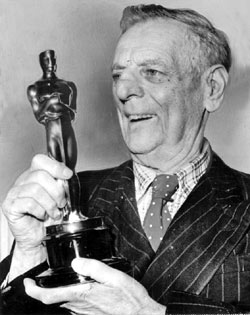 Hollywood recognized his role in creating Westerns with an honorary Academy Award in 1958. Broncho Billy died in a home for aged film stars in 1970 at age 90. The Postal Service put him on a stamp in 1998, he was inducted into the National Cowboy & Western Heritage Museum in 2002, and he even got a star on Hollywood’s Walk of Fame.
Hollywood recognized his role in creating Westerns with an honorary Academy Award in 1958. Broncho Billy died in a home for aged film stars in 1970 at age 90. The Postal Service put him on a stamp in 1998, he was inducted into the National Cowboy & Western Heritage Museum in 2002, and he even got a star on Hollywood’s Walk of Fame.
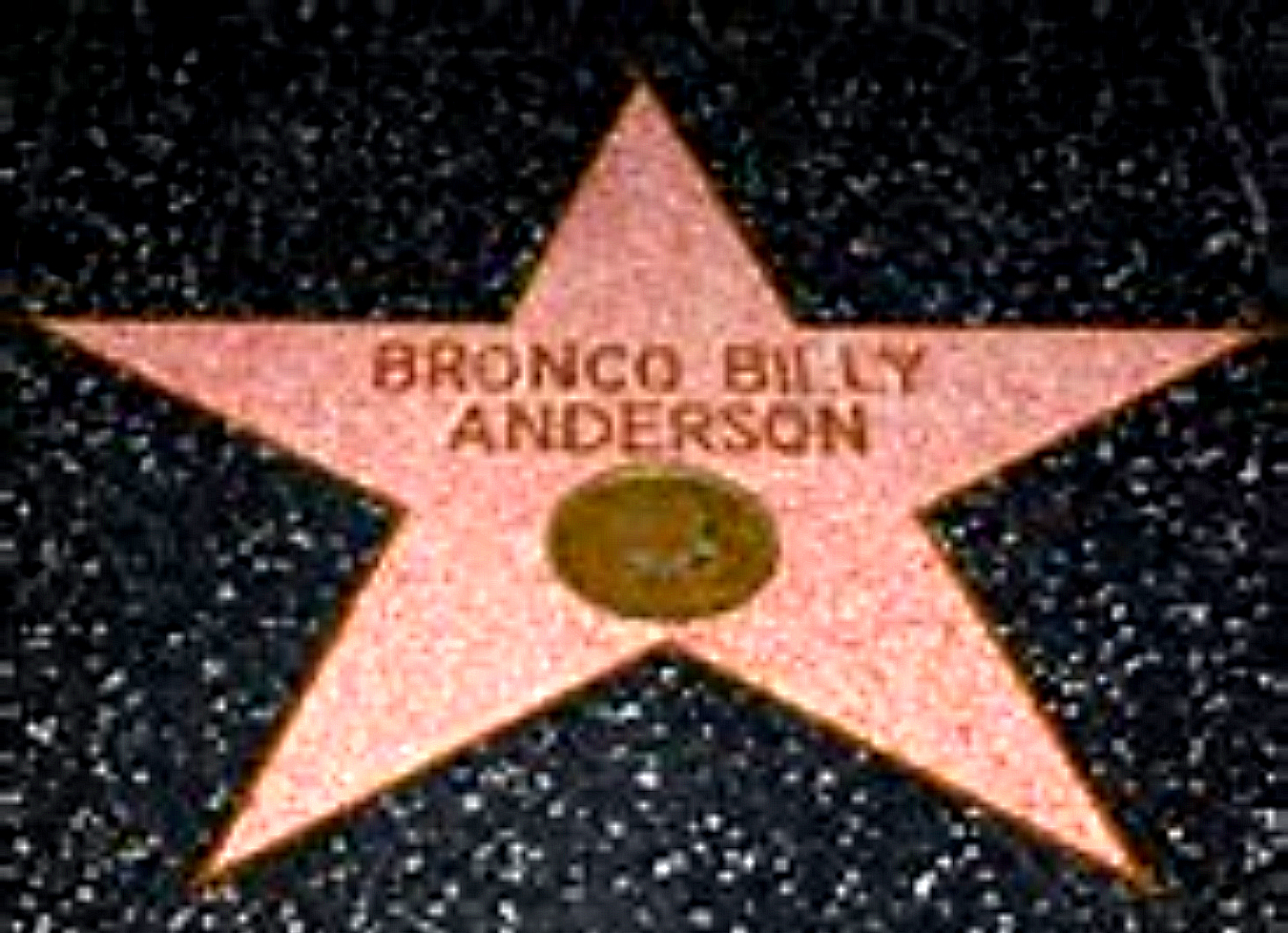 So recognition belatedly came to the man who had made it all possible by telling a little fib.
So recognition belatedly came to the man who had made it all possible by telling a little fib.
Did you find this enjoyable? Please continue to join me each week, and I invite you to read Tell it Like Tupper and share your review!
Curious about Tell It Like Tupper? Here’s a chance to see for yourself. Take a sneak peek at a couple chapters in this free downloadable excerpt.
